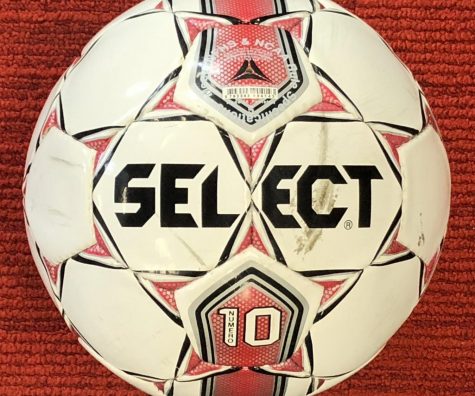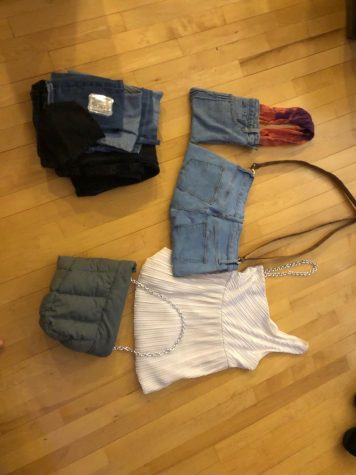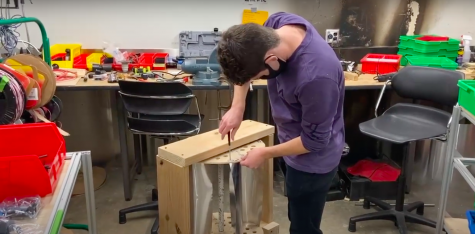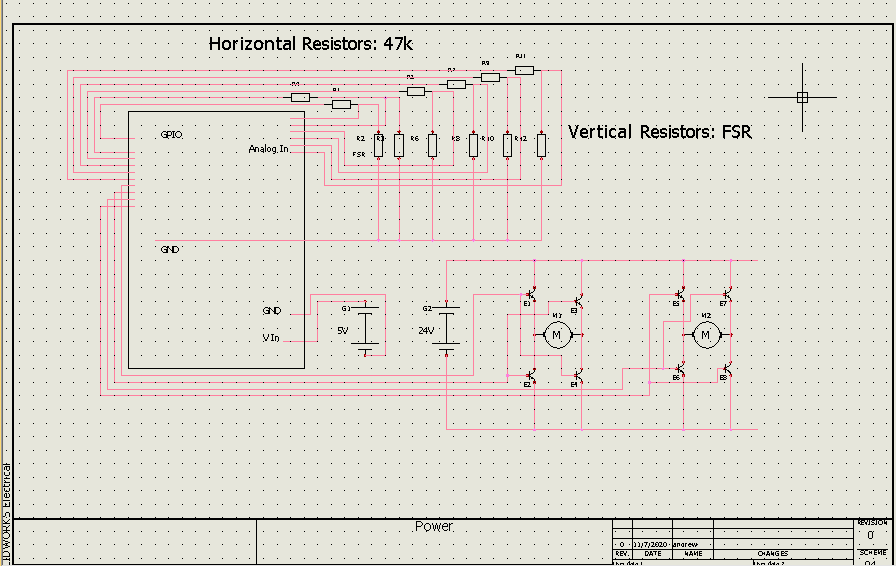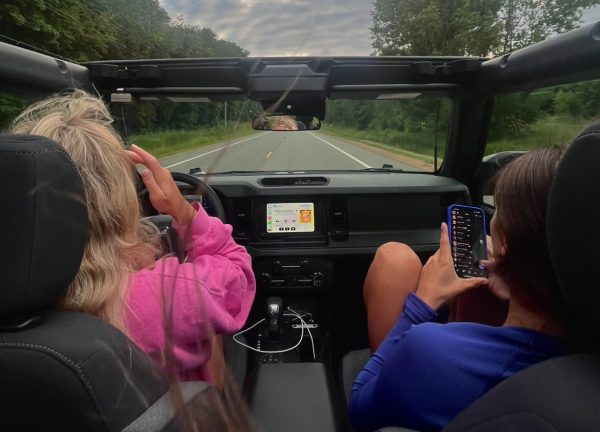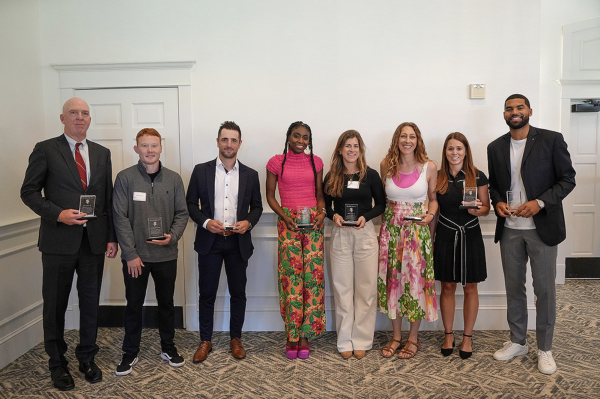Andrew Forby and Max Hoffman build an exoskeleton
Andrew Forby and Max Hoffman’s exoskeleton involves a complicated circuit schematic.
There have been many different changes to BSM this year. Students and teachers have to wear masks, and part of the school population is split into separate cohorts. One thing that hasn’t changed, however, is BSM students doing things that are quite impressive.
Seniors Andrew Forby and Max Hoffman are building an exoskeleton for their RED (Research, Entrepreneurship, Design) project. “Our RED project is a lower body exoskeleton made to increase the maximum load a person can carry, as well as provide ease of movement while carrying that load. It will also allow someone to work for longer; machines don’t get tired,” Andrew Forby said in an email interview.
Building something as complex as this takes a lot of hard work. One way Forby and Hoffman are able to successfully get through this project is by focusing on their specialized roles as they build the exoskeleton. “The two of us are working on the same project, but our past work means we have different areas of expertise. We work together on the overall design and concepts of how it will work, but we each have areas we are in charge of. Max is in charge of most of the physical design, things like the frame and how the pieces we make will fit together. I’m handling the sensors, electrical components, and code,” Forby said.
After our first prototype is finished, we will enter a new design phase and begin talking with companies.
— Andrew Forby
A project this challenging and complex can build up quite a bit of excitement. “I’m excited about their work because they are both exceptionally self-motivated, and it’s fun to see them explore ways to problem solve their prototypes. I’m also looking forward to the spring product launch when we can show off all the work that our RED Capstone students have completed. Hopefully, the spring isn’t the ‘end’ of these projects, but just the beginning,” RED teacher Ms. Anne Dougherty said in an email interview.
As Dougherty points out, these projects do take a long time to complete, but Forby and Hoffman are both ready for the commitment. “The next step is to assemble the prototype. After that, we’ll test it out to see what needs improvement and how to do so. I already have a couple ideas related to sensors, but for now, it’s most important just to have something. After our first prototype is finished, we will enter a new design phase and begin talking with companies,” Forby said.
As quarter one wraps up at BSM there is still a lot of progress to be made on this project. But Forby and Hoffman feel confident that they can finish their exoskeleton and do it in impressive fashion.











































